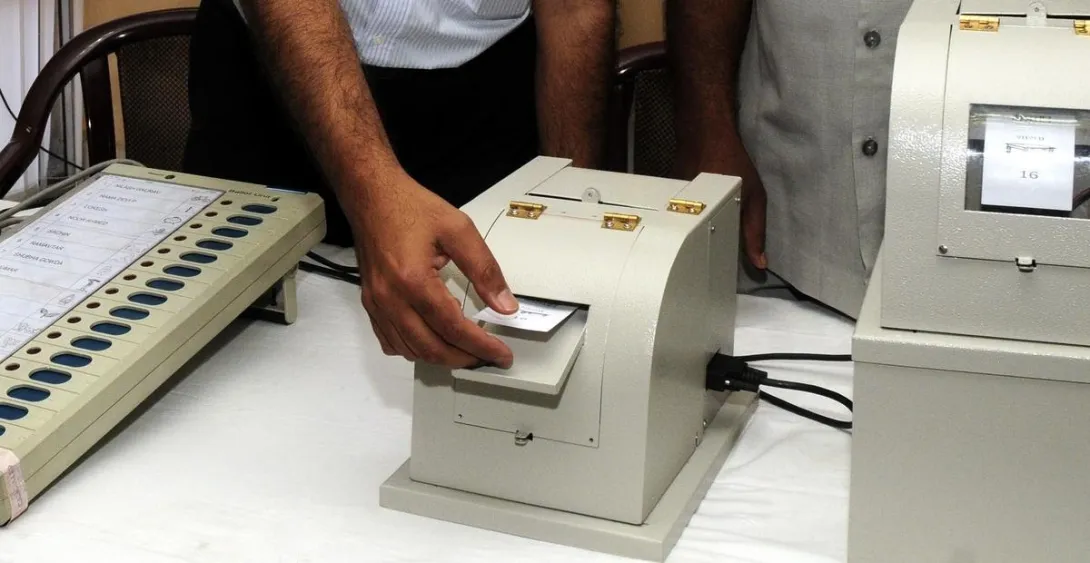The Punjab bypoll has witnessed significant voter engagement, with over 48% of eligible voters casting their ballots by 3 p.m., indicating robust participation despite challenging weather conditions in parts of the state. Electoral authorities report smooth polling processes across most constituencies, highlighting effective management and heightened political mobilization. Analysts suggest that this turnout reflects intense competition among regional parties and may influence broader electoral trends ahead of upcoming state and national elections. The high mid-day participation underscores the electorate’s growing political awareness and the critical role bypolls play in gauging public sentiment and testing party strategies in Punjab’s dynamic political landscape.
---
Midday Turnout Highlights Active Political Participation
Polling stations across Punjab have reported active voter engagement, with early and sustained participation contributing to the notable 48% turnout by mid-afternoon. Election officials emphasize that logistical planning, voter awareness campaigns, and efficient deployment of personnel contributed to the smooth conduct of the bypolls.
The strong turnout indicates a politically energized electorate, reflecting heightened competition among parties seeking to consolidate their influence in the state. Observers note that high engagement at this stage could set the tone for final voting trends and signal public sentiment on key local and regional issues.
---
Regional Dynamics and Party Strategies
Political analysts suggest that major parties have focused on mobilizing core supporters while attempting to sway undecided voters through targeted outreach and ground-level campaigns. The bypoll serves as a critical barometer for parties, offering insights into voter preferences and policy reception ahead of future state-level contests.
Key constituencies have witnessed vigorous campaigning, highlighting issues such as development, employment, and governance. Parties are closely monitoring turnout patterns to evaluate the effectiveness of their strategies and anticipate potential outcomes in line with regional political currents.
---
Operational Efficiency and Voter Management
Election authorities report that most polling centers have functioned efficiently, with minimal disruptions. Measures such as electronic voting machines, adequate security arrangements, and voter facilitation initiatives have ensured orderly voting. These efforts have been crucial in managing large voter flows and maintaining transparency in the electoral process.
Observers also note that increased participation in the bypoll reflects improved voter awareness, facilitated by media coverage, social campaigns, and civic engagement programs, underscoring the importance of sustained efforts to strengthen democratic participation.
---
Implications for Punjab’s Political Landscape
The high voter turnout by mid-afternoon may have far-reaching implications for party strategies and the broader political environment in Punjab. Analysts contend that bypoll outcomes often provide early signals of public sentiment and can influence candidate positioning, alliance formations, and campaign messaging ahead of state and national elections.
With active citizen participation, parties are likely to reassess priorities and focus on voter-centric issues, emphasizing development, welfare, and governance to resonate with the electorate.
---
Conclusion
Punjab’s bypoll, marked by over 48% voter participation by 3 p.m., demonstrates a politically engaged electorate and efficient election management. The mid-day turnout underscores the significance of by-elections as a barometer of public opinion and strategic planning for regional parties. As voting continues, the final results will not only determine constituency representation but also offer critical insights into the evolving political landscape of the state.

Comments